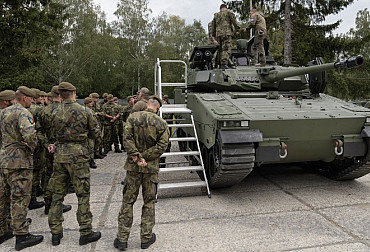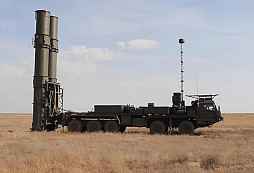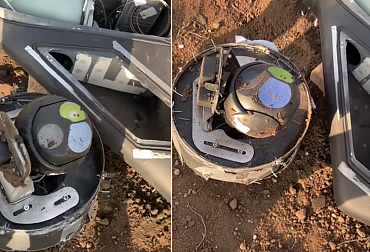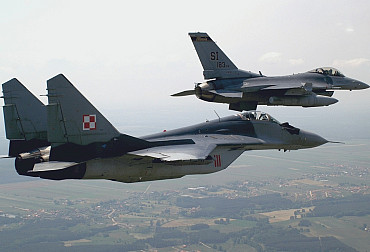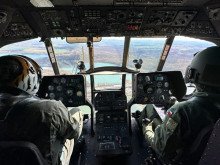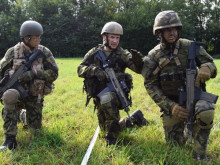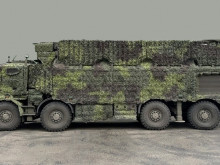Lesser military projects within the Czech Army modernization projects
Within the crisis around the covid-19 epidemic, the uncertain future of the military budget is more and more discussed, and with this issue comes uncertainty about strategic military acquisitions, such as new tracked Infantry Fighting Vehicles - a contract that is currently jeopardized perhaps the most. Let's take a look at some of the options for lesser projects, if the above contract was not successfully completed with the current settings.
Acquisitions of new modern tracked IFVs are perhaps the most watched military order in recent years. Not to mention that this is a contract worth 52 billion crowns, in which Czech industry will participate, and can benefit from this contract in terms of know-how even for future pure Czech projects. The new IFV will thus upgrade the 7th Mechanized Brigade in the field of technology to another level. Let us also recall the fact that the acquisition of new IFVs will fulfill the commitment for the heavy brigade ready for deployment in 2026.
In recent months, however, clouds have begun to gather over the new IFVs. It is not known whether the order will moved forward at all or whether the original number of purchased vehicles will be reduced. However, Czech Army is not only formed by troops armed with tracked IFVs and the modernization or expansion of capabilities is required by more units. In the following lines, we will therefore present three projects that are incomparably less financially demanding than the purchase of new IFVs and which could be implemented from the remaining funds, for example, in case the number of purchased IFVs is reduced.
The first project that can be found in the list of priority modernization projects of the Czech Army is the acquisition of Unmanned Aerial Vehicles of two categories. The first category is Class I - a small drone. Specifically, Czech Army is interested in the ScanEagle drone. This category is intended exclusively for conducting surveys using electro-optical sensors. According to the Czech Army’s requirements, the drone has a range of 100 km and an operating endurance of 20 hours. Czech Army will demand ten drones and also two control stations, two mobile interception devices and two mobile launchers.
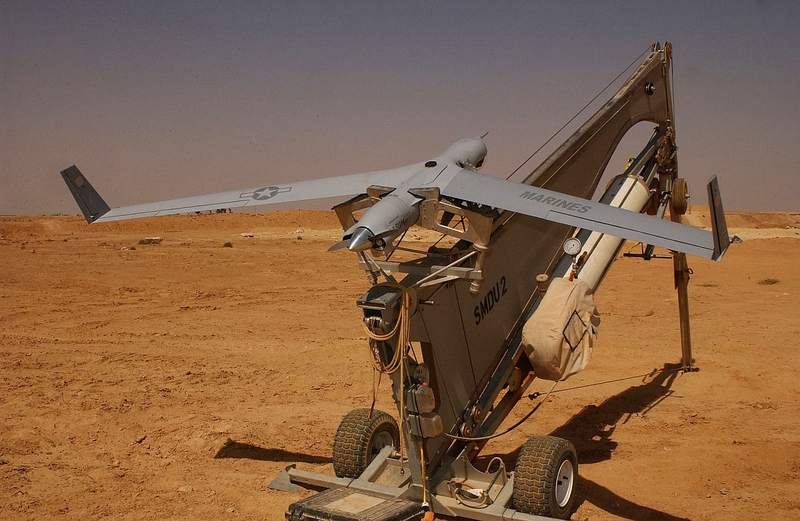 Picture: The first category is class I - a small Unmanned Aerial Vehicle. Specifically, Czech Army is interested in the ScanEagle drone (pictured). | United States Marine Corps / Public domain
Picture: The first category is class I - a small Unmanned Aerial Vehicle. Specifically, Czech Army is interested in the ScanEagle drone (pictured). | United States Marine Corps / Public domain
The second category is class II - weight category 600 kg. In this category, Czech Army wants to acquire a fully functional drone not only able to carry electro-optical reconnaissance systems, but also electronic warfare systems, communication systems and, last but not least, advanced weapon systems. The drone is to have a range of 300 km and endurance in the air of more than 20 hours. By acquiring both categories, Czech Army can expand its capabilities in the field of reconnaissance and precision strikes, which means that the result may lead to the possibility of reducing the number of soldiers deployed in foreign missions. The possibility of involving the Czech defense industry, especially in the field of electro-optical systems, remains a question.
The second project is the project of self-propelled mortars. According to a document concerning modernization projects, Czech Army wants to obtain exactly 62 self-propelled mortars with a caliber of 120 mm. Although the document explicitly states that the illustrative photo does not represent a specific system, it assumes that the mortar will have an 8x8 wheeled chassis, which in the Czech case means the Pandur II platform. It is interesting that a prototype of such a solution was created in the companies of the CSG holding, when the Israeli mortar caliber 120 mm from the company Soltam Cardom (belonging to Elbit Systems) was installed on the Pandur II platform.
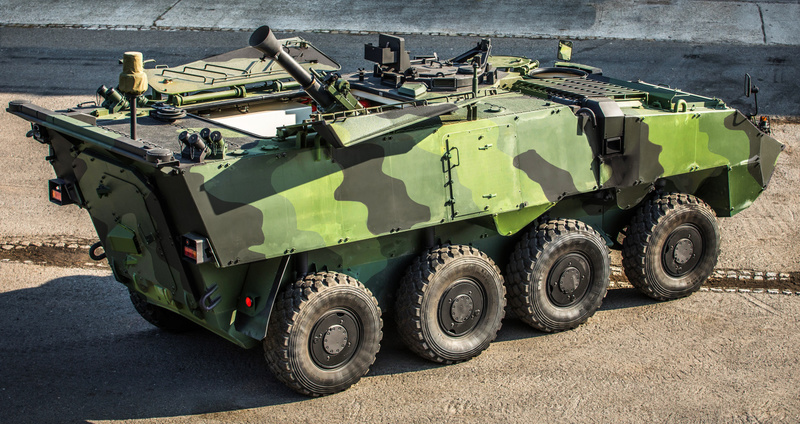
Picture: ShM Pandur II 8x8 Mortar carrier equipped with Soltam Card caliber 120 mm | Excalibur Army / CC BY-NC-ND
The acquisition of a self-propelled mortar will effectively increase the Czech Army’s firepower. The advantage of the self-propelled mortar on a wheeled chassis is also high mobility and easy air transportability. The Pandur II platform is introduced in the Czech Army, which eliminates the need for special training. Another advantage is the significant involvement of the Czech defense industry. The introduction of mortars also confirms the effort to expand the number of variants of the Pandur II vehicle. This is related to the fact that the possible introduction will be a reference contract in the domestic army, which will play an important role for potential exports.
The third and relatively unknown project is the introduction of a helmet sight for tactical air force pilots. Due to the efforts to expand the capabilities of JAS-39 aircraft with new short-range and medium-range air-to-air missiles and air-to-ground means, it is necessary to expand the capabilities of pilots using modern helmet sights. Regarding the development of tactical air force, Czech Army must take into account a possible change in the type of aircraft after 2027 (2029) and the resulting need to choose a helmet that will be compatible with another type of aircraft.
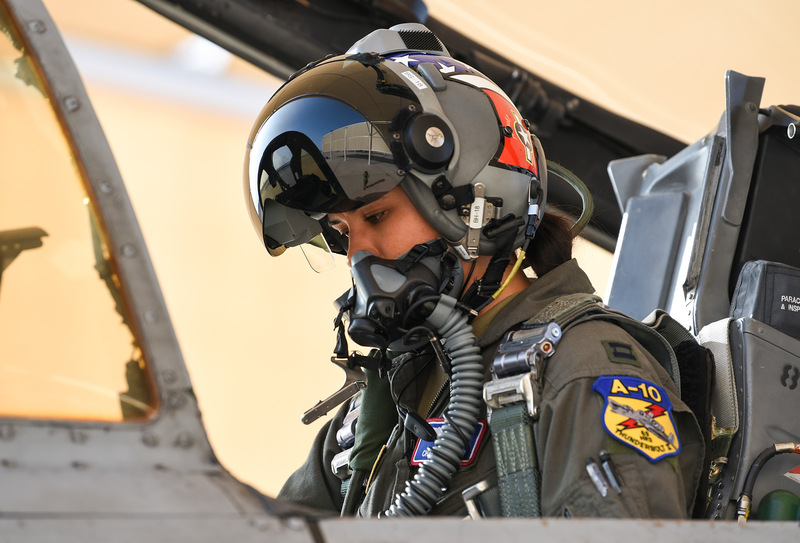 Picture: The third and relatively unknown project is the introduction of a helmet sight for tactical air force pilots. (illustration photo) | Senior Airman Kayla A. Palmer / U.S. Air Force / Public domain
Picture: The third and relatively unknown project is the introduction of a helmet sight for tactical air force pilots. (illustration photo) | Senior Airman Kayla A. Palmer / U.S. Air Force / Public domain
As part of the Concept of Build-up of the Army of the Czech Republic 2030, the operation of subsonic aircraft is planned, which will complement the capabilities of supersonic jets. In the case of subsonic aircraft, it is necessary to keep in mind that pilots are switching from the L-159 subsonic jets to the JAS-39, and in that case it is more than desirable to unify the type of helmet in subsonic and supersonic aviation. Hand in hand with unification, there will be a significant increase in the capabilities of L-159 pilots. The question for the future is the unification of helmets across the Czech Air Force. In addition to a significant increase in capabilities, the introduction of helmet sights can be an opportunity for the Czech defense industry, especially in the field of cabling and electro-optical systems. In the future, the Czech Air Force can use the capacity of the domestic defense industry in the field of virtual and augmented reality.
The three projects selected above represent only a fraction of the lesser, not so well-known projects that our Army needs. It is necessary to realize that the Army consists not only of units armed with IFV, but also a number of other units that, among other things, support and supplement the IFV. These units also need to keep up with NATO allies and have equipment that is comparable to that of the Allies.
















